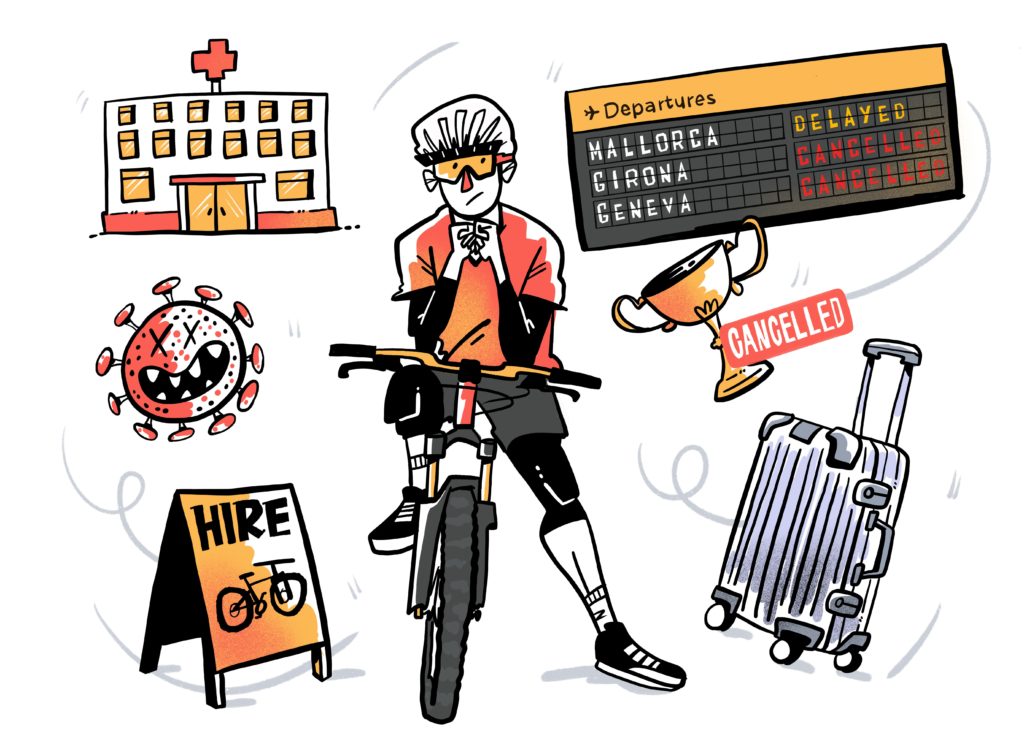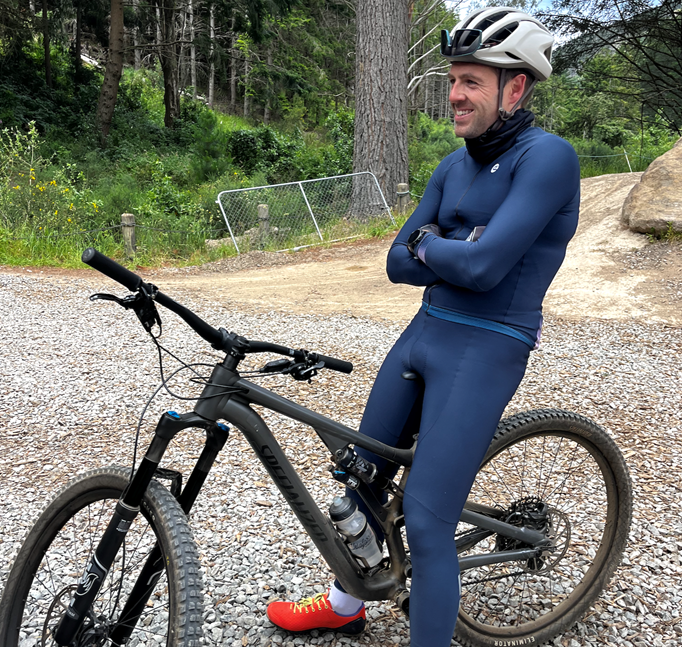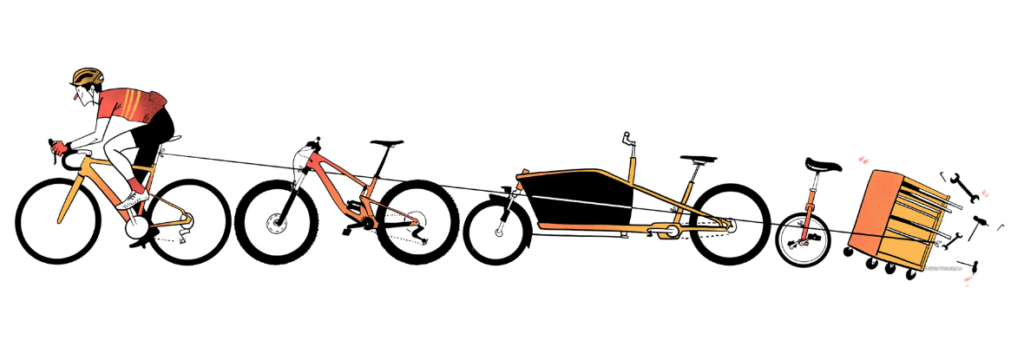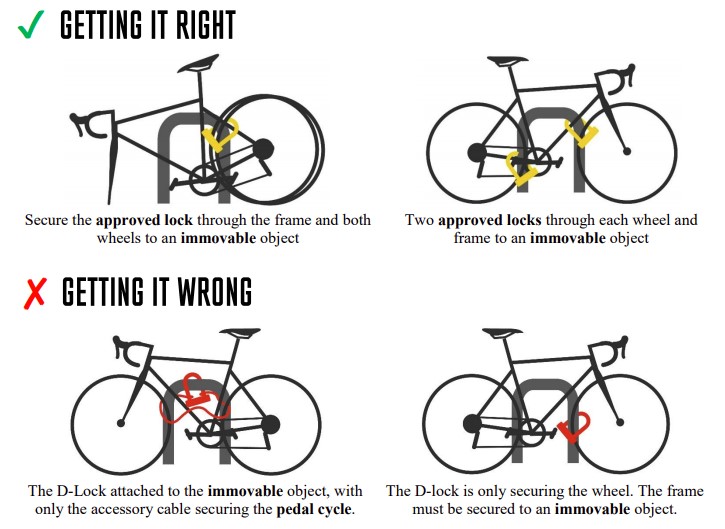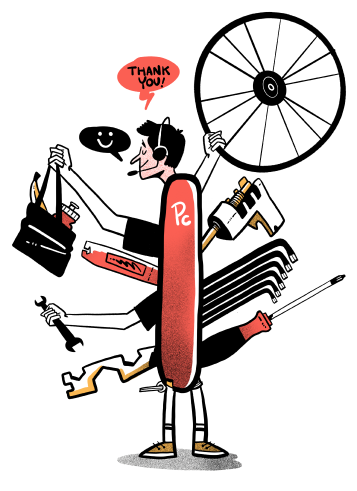There are several scenarios where you may need to secure your bicycle with a lock at and away from home, and you must use an approved bicycle lock for our theft cover to be valid.
It can be difficult to choose a bicycle lock. There is a huge range in quality, and the price isn’t always a great indicator of how secure a bicycle lock actually is. To solve this problem a company called Sold Secure, part of the Master Locksmith Association, test locks sold in the UK and give them a rating of Bronze, Silver or Gold. A lock’s rating is usually printed prominently on the packaging along with the Sold Secure logo. The vast majority of locks sold in the UK will have a rating, and if they don’t, it’s a very good indication you are looking at a poor-quality lock.
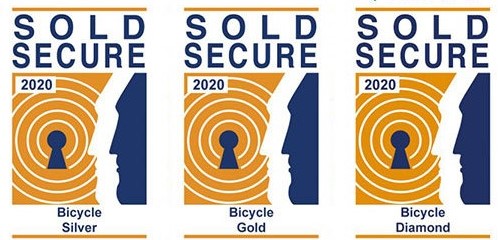
If your bicycle is valued at £1499 or less, any Sold Secure Silver rated bicycle lock is sufficient to secure your bike.
If your bicycle is valued at £1500 or more, you need to use a Sold Secure Gold bicycle lock when securing your bike.
If you are making a claim for a bicycle that was secured with a bike lock, our claims handlers will want to see some form of evidence for the lock you were using. We recommend finding the receipt now to make sure you have this if you need it. If you do not have a receipt for your lock, you can take a photograph of it with the keys to demonstrate that you own it. Thieves almost always take a cut lock away with them, so do not rely on finding a broken lock where you left your bicycle.
Some D-locks come with extra cables attached to them. These “accessory” cables are NOT rated by Sold Secure, and should not be used to secure your bike. If a thief can steal your bicycle by cutting this cable without cutting the Sold Secure lock, your bike would not be covered by the policy. The bicycle wasn’t locked using the Sold Secure rated lock.
For more information, visit our security blog HERE.



